What to Bring to Your First CCW Class
March 10th, 2024
6 minute read
You took the leap and registered for your first CCW class. You probably spent some time researching concealed carry classes online and maybe talked with a few friends or neighbors. After finding the right concealed carry course, you took the plunge and signed up.
Now what?
In this article, I will cover the basic gear you are likely to need for your concealed weapons class. I also strongly suggest you reach out to the instructor or training school to see if there are any additional items they require for their firearm training classes.
Where to Start?
When you signed up, the instructor may have provided you with a list of items you need. If so, read through the document to find the items needed. This list usually includes the following items: the amount of ammunition, number of magazines, eye and ear protection, belt, holster and, of course, your firearm.
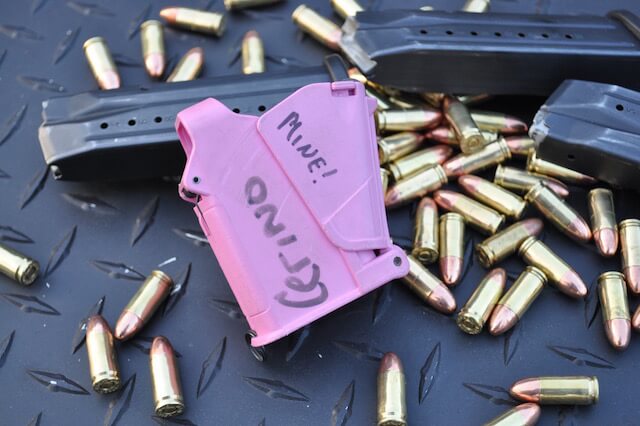
Handgun
Since this is a course designed to train you how to carry a concealed firearm, you will need some type of handgun. Handguns are typically either a revolver or a semi-automatic pistol. You should know the difference between the two. (Ed. note: I recommend checking out this article on gun lingo for more information.)
I recommend having a basic understanding of how the firearm works. If you do not, contact the gun shop where you purchased the firearm and see if they offer any basic training with the gun.
A concealed carry class will be focused on the practical and legal aspects of carrying a gun for self defense, and not with the basics of learning how to operate your pistol. Consequently, you’ll get a lot more value out of the training if you understand the basic functioning of your weapon.
Chances are, you will be shooting several hundred rounds of ammunition each day of the CCW class. Generally, a full size high capacity gun is the easiest to train with for long days at the range. If you are new to concealed carry, a larger gun will be easier to shoot all day. Save compacts for low round count practice and concealed carry.
Ammunition
Every firearms instructor should provide an approximate number of cartridges you will need for the class. If the CCW class is the minimum required by your state to get a concealed carry permit, the number may be 100 rounds or less. For training that exceeds the state minimums, round counts of 250 or more are very common.
No matter how many you are told to bring, always bring extra.
Although most professional instructors can judge the amount of ammo needed, depending on the particpants’ overall abilities, it may vary a bit. You don’t want to run out of ammo while everyone else continues shooting. Likewise, another person in class might come up short and need an extra box of 50.
It’s not like it will go to waste if you don’t use it that day. Right?
Getting the right ammo is critically important. Just because you bought a 1911 doesn’t mean it will chamber .45 ACP. Guns are made for a wide range of handgun cartridges. Additionally, many of the cartridges have similar names adding to the confusion. For example, a .45 ACP and a .45 LC might both have .45 in the name, but they are vastly different.
If you have any doubts about the ammunition, ask the store where you purchased your gun for assistance. They will make sure you buy the correct ammo.
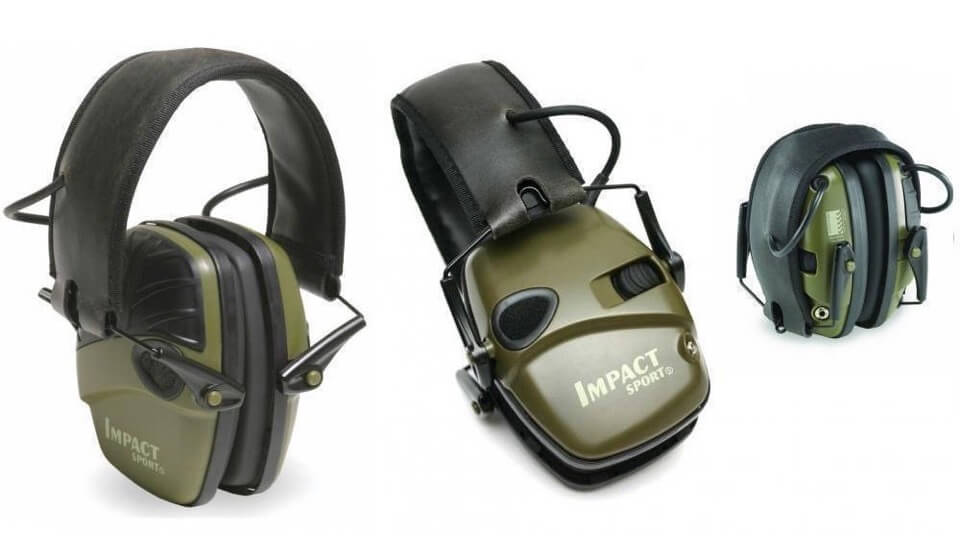
Magazines for Your Firearm
If you are running a semi-automatic pistol, you will want to have additional magazines for it. Most manufacturers include one or two extra mags with their guns. However, I like to have at least five extras. Two I keep just for concealed carry while the rest are for the shooting range and training.
Again, like with the ammunition, it doesn’t hurt to have extra. Sometimes magazines stop functioning properly and things break. If this happens, you may end up one short of what the instructor required, wasting both your and everyone else’s time prepping magazines during he CCW course.
Eye and Ear Protection
Your vision and hearing are precious. Once diminished, you are unlikely to regain ther full function, so guard them closely!
Make sure your eye protection meets ballistic protection standards. I’ve had near-misses with ricochets and it could have been much worse without proper glasses. Ballistic-rated eyewear can be tinted for outdoors on a bright day. You can even get prescription eyewear that will protect your vision in an accident.
For ear protection, I highly recommend electronic ears. Whether inside the ear or muffs, they make a huge difference during a concealed handgun training course. Not only can I hear the instructor’s directions, but I also avoid having to remove the device to hear. More then once I’ve seen students forget to put them back on when the gunfire starts again. Ouch!
Get the best hearing protection you can afford. You will not regret it.
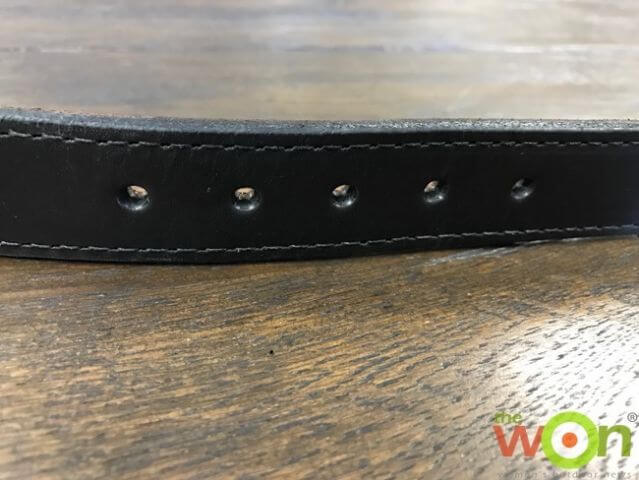
Quality CCW Gun Belt
Belts are such simple things, yet they are critical for the secure and comfortable carry of a firearm for personal protection. I always use a sturdy belt when wearing a holster. It fits tight against my body and keeps the holster from sagging or coming up along with the gun when I draw.
Be cautious of standard leather and dress belts; they tend to wear, stretch and crack. Fumbling on the draw or while re-holstering is a disaster waiting to happen. Quality gun belts are available for purchase at many local gun shops as well as numerous places online.
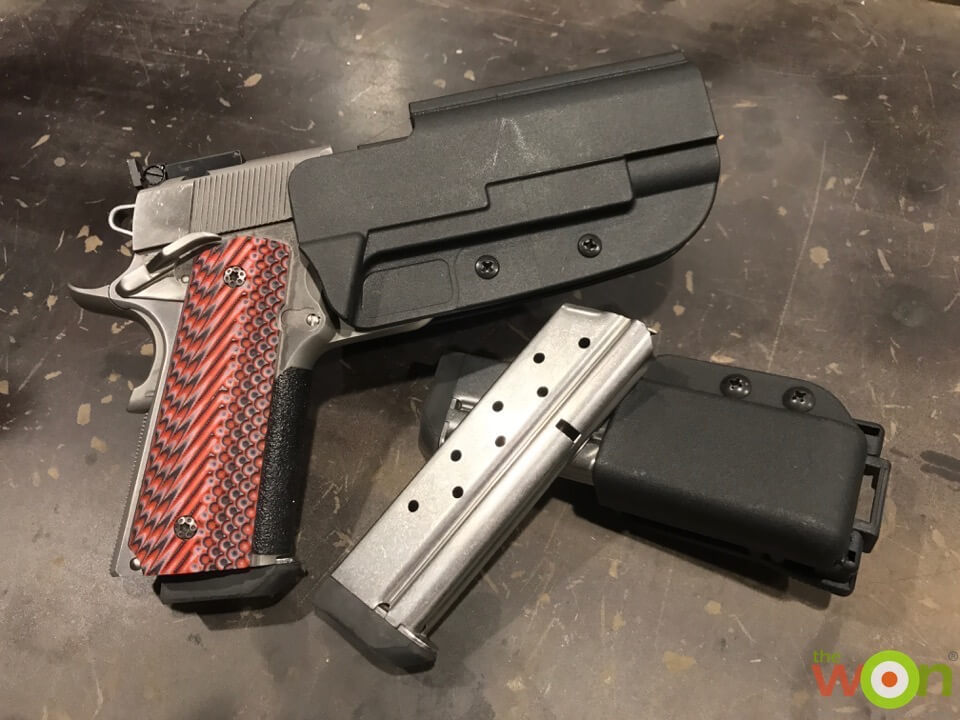
Properly Fitted Holster
Bring a holster conducive to the type of training you are attending.
Understandably, many people use inside the waistband holsters, leather holsters, belly bands, etc. for their daily carry. Although these holsters are practical and necessary for concealed carry, they may not be the best choice for high repetition training and learning how to hit what you are aiming at.
Adding the stresses of returning your pistol to a deep concealment holster may take away part of what an instructor is trying to teach. You don’t want your focus to change from practicing new shooting skills to struggling with a holster.
A quality Kydex or plastic outside the waistband (OWB) holster is money well spent. It enables you to easily return your gun quickly and securely.
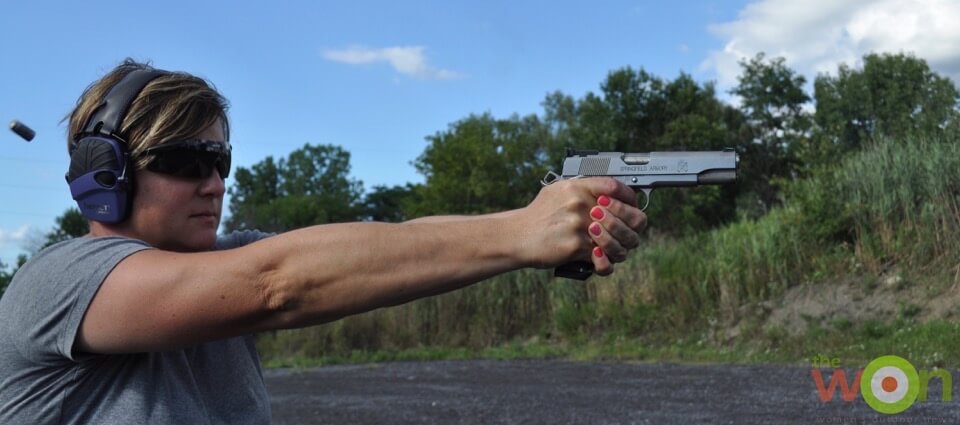
Additional Concealed Carry Class Considerations
Besides the basic equipment the instructor tells you to bring, here are some items you may also find handy to have in your range bag.
- A pencil and note pad or an electronic device for taking notes.
- An UpLULA to help make loading your magazines easy, fast and painless.
- A billed hat to not only keep the sun out of your eyes and help you avoid sunburn, but also to block the brass ejecting from your neighbor’s gun.
- When shooting at an outdoor range, bring sunscreen, bug spray, layered clothing, a big trash bag and rain gear. Being cold, wet and hot on the range sometimes make learning more difficult.
- A quality meal replacement or energy bars, water and a drink for replacing electrolytes, especially for an outdoor pistol class. Stay hydrated and keep your energy levels up to avoid accidents.
First Firearm Training Class Thoughts
In the classroom, most instructors (and their lawyers) prefer no ammunition and an unloaded firearm. I recommend you ask before bringing your gun into the classroom.
I also suggest that you arrive early enough to fill out paperwork and get settled in.
Now, relax. Knowing you have all the items you need for your pistol class will make it all the more enjoyable. When you have the proper tools for learning, you’re sure to have a better experience and an appreciative instructor.
After successful completion of the class, you may wish to consider signing up for additional training. Should you need to defend yourself, you will never regret the additional training.
Editor’s Notes: Please be sure to check out the new The Armory Life forum, where you can comment about our daily articles, as well as just talk guns and gear. Click the “Go To Forum Thread” link below to jump in!
Join the Discussion
Continue Reading
Did you enjoy this article?

 250
250





